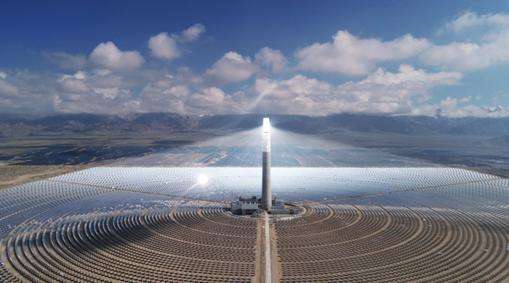Special treatment methods are required for nuclear submarine reactor cooling water to ensure its safety and reliability. A closed heat exchanger is typically used to treat the cooling water, which prevents the cooling water from coming into direct contact with the reactor core, thereby preventing the cooling water from containing radioactive materials.
The cooling water treated by the closed heat exchanger generally undergoes multi-stage purification to remove various impurities and harmful substances to ensure that the cooling water does not pollute the environment. Finally, the purified cooling water will enter the heat exchanger again through the circulation system for cooling.
In short, the treatment of nuclear submarine reactor cooling water is very strict and will not cause environmental pollution.nment after multi-stage purification.
Why build nuclear power plants in coastal areas?
The cooling water from nuclear power plants is harmless. Cooling water is used in nuclear power plants to carry away heat generated by the reactor. It passes through the condenser, is cooled by seawater, then returns to the reactor for cyclical refrigeration. During this process, the cooling water only helps to dissipate heat and does not come into contact with radioactive substances, therefore it is not harmful to the human body.
However, some nuclear power plants use seawater electrolyte to produce hydrogen for use in nuclear reactors. The cooling water from such a nuclear power plant may be radioactive, which can be harmful to the human body. But this technology is only used in certain types of nuclear power plants.ary and does not constitute a common technology.
In general, the cooling water of most nuclear power plants is not harmful to the human body. However, in order to ensure safety and avoid possible contamination, nuclear power plant cooling water must be handled and transported in accordance with prescribed procedures and cannot be contacted or discharged at will.
The reasons why nuclear power plants are built in coastal areas include sources of cooling water, facilitating the transportation of large equipment and reducing water and electricity.
1. Cooling water source
First of all, nuclear power plants need cooling when they operate, and water is the cold source par excellence. Sea water is naturally the best choice. Of course, sea water temperature has some impact on thehe power of unity. For example, the same cooling water parameters can operate at full power in Liaoning, but not in Hainan.
2. Convenient transportation of large equipment
Considering the convenience of transportation of large equipment, an evaporator in a nuclear power plant has more than 270 tons and a pressure vessel has more than 300 tons. They need to be transported from Naturally, it would be better to import from abroad and transport them by sea to the nuclear power plant terminal.
3. Reducing water and electricity costs
Electricity produced by nuclear power plants is mainly supplied to economically developed areas, and in coastal areas with developed industries, the electricity produced can be connected to the Internet nearby.
The advantages of nuclear power plants are as follows:
1. Nuclear energy productiondoes not emit huge amounts of pollutants into the atmosphere like fossil fuel production. Therefore, nuclear power generation will not cause air pollution.
2. Nuclear power generation does not emit carbon and will not worsen the global greenhouse effect.
3. Uranium fuel used in nuclear power generation, except Apart from electricity generation, there are currently no other uses.
4. The energy density of nuclear fuel is millions of times greater than that of fossil fuels. Therefore, the fuel used in nuclear power plants is small and easy to transport and store. The plant can only transport 30 tons of uranium fuel by plane in a single flight.
5. Fuel costs represent a relatively small proportion of the cost of nuclear power generation. The cost of nuclear power generation is not feasily affected by the international economic situation, so the cost of electricity generation is relatively stable. .














